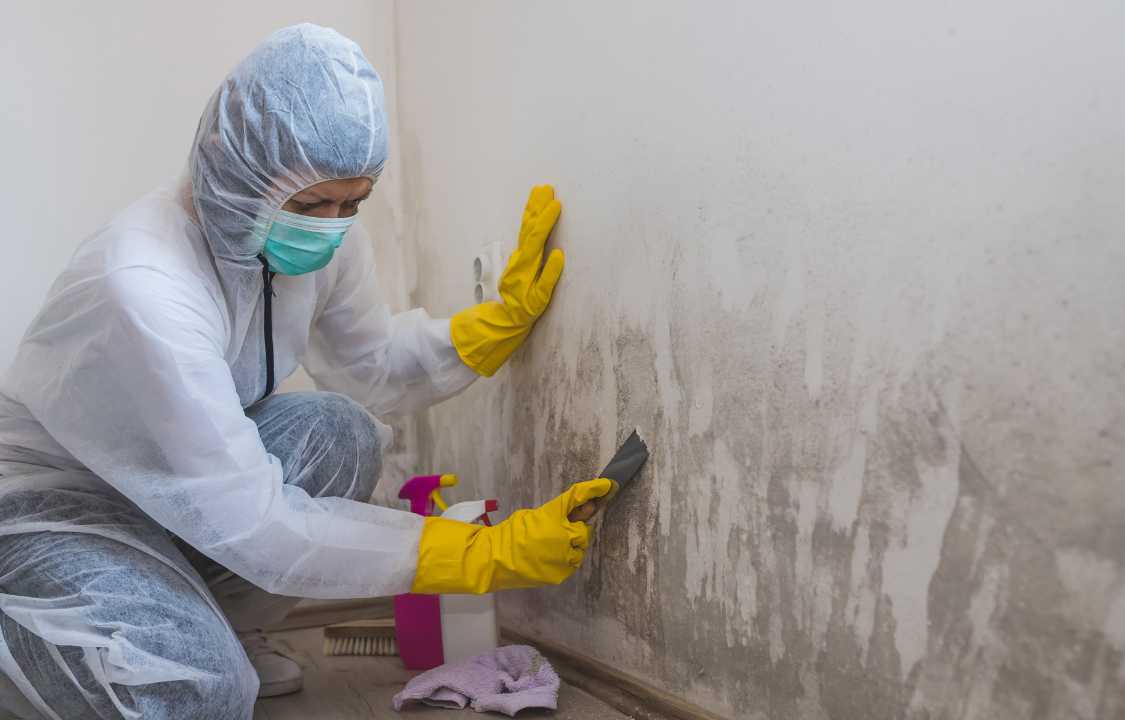Insight
Avoiding Mold and Mildew in Your Home This Winter
Preparing your home for the winter season is a crucial task that often goes overlooked. Many people assume that mold and mildew won’t be a problem during the colder months, but the truth is that these fungi can still thrive in areas with damp conditions. Addressing moisture issues in your home during the winter is essential, as it can prevent mold, mildew, and other indoor pathogens from taking hold. In this article, we will explore what mold and mildew are, how to avoid their growth in your home during the winter, and why it’s important to do so.
Understanding Mold and Mildew
Mold and mildew are terms often used interchangeably, but there are some distinctions between the two:
- Mold: Mold refers to a variety of microscopic fungi capable of growing in filaments called hyphae. Different types of mold can grow on organic materials such as paper, leather, clothing, and various surfaces within your home, including walls, ceilings, and floors.
- Mildew: Mildew, on the other hand, refers to specific types of molds and fungi, essentially mold in its early stages. It is common to find mildew on shower walls, windowsills, and in areas with excessive moisture.
Preventing Mold and Mildew During Winter
Mold and mildew may not always pose a significant health threat, but it’s a good idea to prevent their growth if you spot them in your home. Here are some effective strategies to keep your home mold and mildew-free during the winter:
1. Keep Humidity Levels Down:
In cold regions, people tend to use heaters and thermostats to stay warm, which can lead to dry indoor air. Many homeowners use humidifiers to combat this dryness. However, it’s crucial to clean lint buildup from dryer vents as these appliances can introduce excess moisture into the air, creating favorable conditions for mold growth. Aim to maintain indoor humidity levels around 45% by setting your humidifier on the lowest setting to keep your home both comfortable and mold-free.
2. Clean Problem Areas Frequently:
Certain areas of your home are more prone to mold and mildew growth. Regular cleaning is essential to remove and prevent these invaders in these areas. Problem areas to check include crawl spaces, areas near HVAC vents, spaces under carpeting, locations near showers and bathtubs, and walls and ceilings close to moisture sources such as clothing dryer vents or exhaust fans. Neglecting the exterior of your home, like failing to clean your gutters properly, can also lead to water pooling and leaking into your roof, creating a prime environment for mold and mildew.
3. Install High-Quality Insulation:
Reinforcing your home’s insulation during the winter is crucial for proper weatherization. It’s important to use high-quality insulation materials to reduce the risk of mold and mildew formation. Proper installation, whether you do it yourself or hire a professional, is equally critical.
4. Open Windows and Doors Occasionally:
In addition to adding insulation, allowing air circulation is essential to prevent mold and mildew growth. Despite the cold weather outside, it’s beneficial to allow fresh air to flow through your home. Opening doors and windows for a few minutes once a week can help prevent condensation. Adding weather stripping to doors and windows to seal any cracks can further enhance your efforts.
Health Effects of Mold and Mildew
Beyond their unsightly appearance, mold and mildew can have a multifaceted and far-reaching impact on the health and well-being of you and your family. These unwelcome intruders are not merely cosmetic nuisances; they represent a significant health concern. Molds, for instance, are known to produce a range of allergens and irritants that, when released into the environment, can trigger allergic reactions in susceptible individuals, exacerbating existing allergies or instigating new ones.
Moreover, in areas where mold and mildew proliferate in high concentrations, the ramifications extend to indoor air quality (IAQ), which can have profound health implications. Poor IAQ due to mold and mildew infestations can lead to a litany of distressing physical symptoms, including but not limited to sinus congestion, persistent coughing, uncontrollable sneezing, frequent headaches, debilitating fatigue, dryness of mucous membranes, dizziness, and even nausea. These adverse effects can be particularly debilitating, impacting the daily lives and overall health of your family members, prompting the need for immediate and effective remediation to restore a safe and healthy living environment.
Prevent Mold and Mildew Growth This Winter
Mold and mildew are insidious intruders that not only mar the visual appeal of your home but also, more alarmingly, carry the potential to inflict harm on your health and well-being. A common misconception is that the colder winter months offer respite from mold and mildew growth, but in reality, these unwelcome guests can thrive even during this season. Their presence can lead to not only unsightly and potentially costly damage to your property but also a range of health issues, including respiratory problems and allergies.
It is of utmost importance to maintain a vigilant stance year-round, including in winter, to prevent mold and mildew from gaining a foothold in your living spaces. By diligently implementing the practical tips and strategies outlined in this article, you can fortify your home against mold and mildew, ensuring not only a visually pleasing interior but also a healthier and more comfortable living environment throughout the winter season.
Waiting until mold and mildew have entrenched themselves within your home is a costly and unpleasant proposition. Instead, take proactive measures now to secure your residence from their invasion. This approach not only saves you from the arduous and often frustrating task of cleaning and remediation but also safeguards your health and the well-being of your household. In summary, don’t procrastinate when it comes to mold and mildew prevention; take decisive action today to ensure a safe, welcoming, and comfortable home during the colder months.

